Embarking on a 7-mile hike can be both exhilarating and daunting. The thought of immersing yourself in nature, conquering challenging terrains, and reaching new heights is enough to ignite the adventurous spirit within anyone. However, before setting foot on that first dusty trail, one burning question lingers in the mind of every aspiring hiker: How long does it actually take to conquer those 7 miles? Well, fear not, fellow outdoor enthusiasts, for this guide is here to unveil the secret behind estimating the time it takes to complete this awe-inspiring journey. So, lace up your hiking boots, fuel up on trail mix and embark on this comprehensive guide to becoming a hiking pro.
10 Time-Saving Tips So You Can Hike More Miles
Ten Before Ten, or Get Up Early
One of the best ways to make the most out of your hiking trips is to start early in the morning, ideally setting your alarm for 5 or 6 am. By doing so, you can take advantage of the cooler temperatures that prevail during those early hours, making your hike more comfortable and enjoyable. Additionally, starting early allows you to beat the crowds that tend to gather on popular trails later in the day, giving you a more serene and immersive experience in nature. Moreover, beginning your hike early provides you with ample time throughout the day to explore and cover more miles on the trail, allowing you to discover hidden gems and breathtaking vistas along the way. So, set that alarm, rise with the sun, and embark on unforgettable adventures in the great outdoors!
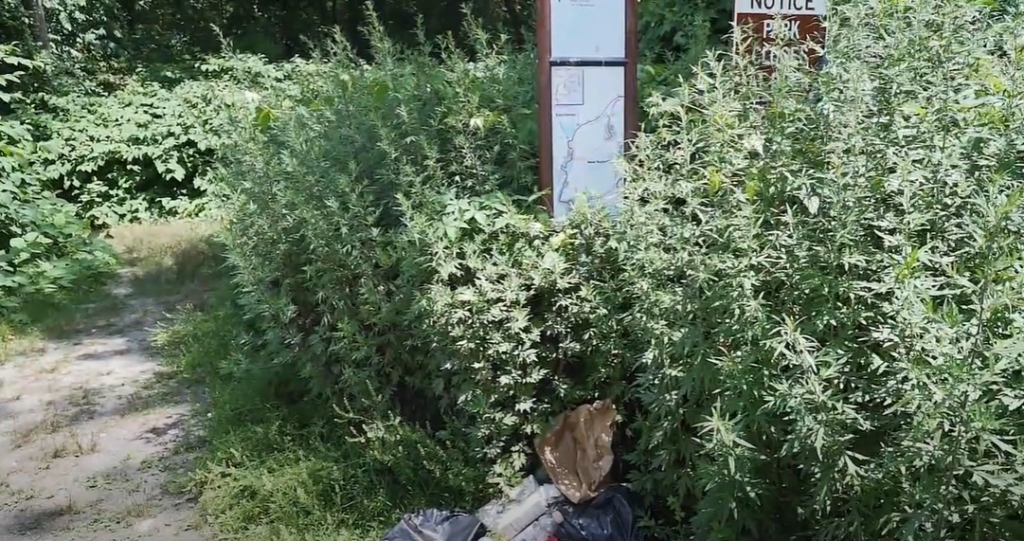
Night Hike, Anyone?
For those who are more adventurous and experienced hikers, consider going for a night hike. Not only does this add an exciting twist to your regular hiking routine, but it also allows you to experience the wilderness in a different light (quite literally). Night hikes can be quite challenging yet thrilling, as navigating through the dark requires heightened senses and careful footing. However, the rewards are well worth it, as you get to witness stunning views of the stars and moon without any light pollution from cities. Additionally, night hikes tend to be less crowded, providing a more solitary and intimate experience with nature. Just make sure to take all necessary precautions, such as bringing a reliable source of light and informing someone about your plans before embarking on this adventure.
Take Efficient Breaks
While it may be tempting to take long breaks or stop for too many photo opportunities, efficient use of your break time can save you a significant amount of time and energy on the trail. Instead of stopping for one long break, try taking multiple shorter breaks throughout your hike. This allows your body to rest and recover while keeping your muscles warm and limber, making it easier to continue hiking for longer periods. Additionally, consider combining your breaks with other activities, such as having a quick snack while enjoying the view or taking photos during a short water break. By doing so, you can make the most out of your time on the trail and cover more miles without sacrificing rest and enjoyment.
Plan Your Route in Advance
Before setting off on your hike, it’s important to plan your route and know the trail you are about to embark on. Take some time to research the trail difficulty level, elevation gain, estimated distance, and any potential hazards or closures that may affect your journey. By planning in advance, you can avoid getting lost or being unprepared for certain challenges along the way. Additionally, knowing the terrain and potential obstacles allows you to choose the appropriate gear and clothing, saving you from wasting time or getting uncomfortable during your hike. Plus, having a plan in place gives you peace of mind and lets you focus on enjoying your adventure without any worries.
Pack Smart
Packing smart is crucial to having a successful and time-saving hiking trip. Always carry the essentials, such as a map, compass, first aid kit, plenty of water, and nutritious snacks to keep you energized. Additionally, consider bringing multipurpose items that can serve multiple functions while taking up less space in your backpack. For example, a bandana can be used as a headband, sweatband, or even a makeshift water filter in case of an emergency. Furthermore, pack your backpack strategically, placing frequently used items within easy reach and keeping heavier objects closer to your body for better balance and stability. By packing smart, you can save time by not having to rummage through your bag for essentials or taking unnecessary breaks due to discomfort or lack of necessary items.
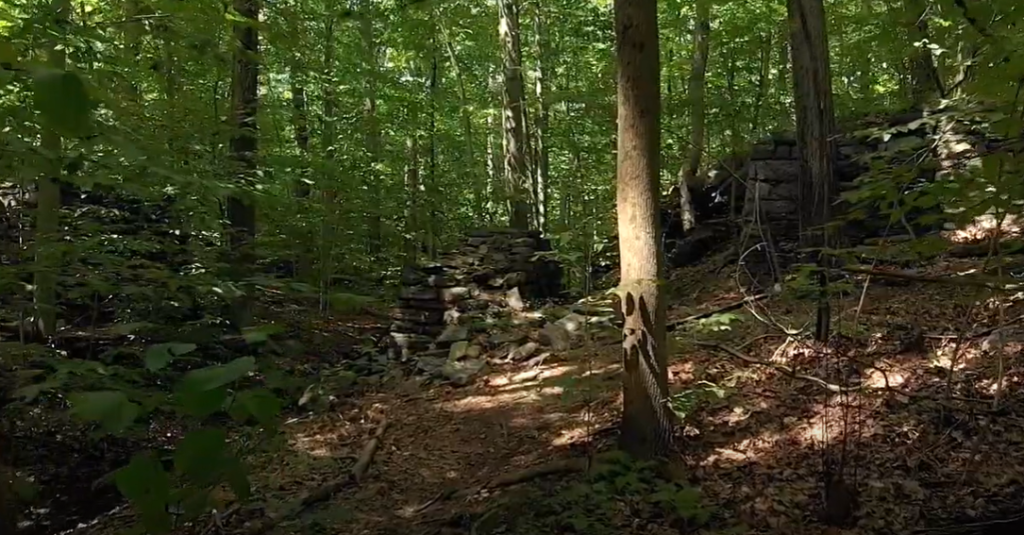
Invest in Quality Gear
Having the right gear can make all the difference in your hiking experience and help you save time on the trail. Invest in high-quality, comfortable, and durable gear, such as hiking shoes, backpacks, and clothing that is suitable for the terrain and weather conditions. This not only ensures your safety and comfort but also saves you from having to replace or repair your gear frequently. Furthermore, investing in the right gear can make your hike more efficient and enjoyable, as you won’t have to worry about blisters or discomfort slowing you down.
Eat Dinner Early
If you plan on camping overnight during your hike, consider having dinner early in the evening before it gets dark. This not only gives you more time to rest and recharge for the next day but also saves you from having to cook or prepare meals in the dark. Additionally, finishing dinner earlier means you can go to bed earlier and wake up earlier as well, giving you a head start on your hiking adventures for the next day.
Hike in a Group
While solo hikes can be liberating and empowering, hiking in a group can save you a significant amount of time. By splitting responsibilities and tasks among group members, such as setting up camp or cooking meals, you can save time on these necessary but time-consuming activities. Furthermore, having more people on the trail can help navigate and overcome challenging terrain or obstacles more efficiently. Just make sure to hike with a group that has similar hiking abilities and goals to avoid any conflicts or delays along the way.

Get Really Good at Making/Breaking Camp
Mastering the art of making and breaking camp can save you a significant amount of time on multi-day hikes. Practice setting up and taking down your camp before embarking on your trip to ensure you know how to do it quickly and efficiently. Additionally, consider investing in lightweight camping gear that is easy to set up and pack away. By doing so, you can spend more time on the trail and less time dealing with the logistics of camping. Plus, a well-made camp can provide a comfortable and rejuvenating rest for your body, allowing you to cover more miles the next day without feeling too fatigued. So, be sure to hone your camping skills before heading out on your next hiking adventure.
Watch Your Off-Trail Miles
It’s easy to get sidetracked and add unnecessary off-trail miles during your hike, especially if you’re not using a map or GPS device. To save time and energy, make sure to stay on the designated trail and avoid going off-track unless absolutely necessary. Additionally, pay attention to markers and signs along the way to ensure you are on the right path. By staying on the trail, you can also prevent getting lost or encountering potential hazards off-trail. So, keep a close eye on your route and stick to it for a more efficient hiking experience [1].
What Influences Speed on a Hike?
Elevation Gain
One of the most significant factors that can greatly impact speed and endurance during a hike is the elevation gain. When you encounter a steeper incline, your hiking pace naturally slows down. This is because hiking uphill requires increased effort and exertion, as you constantly battle against gravity. The higher the elevation gain, the more likely it is to experience fatigue, which can further challenge your ability to maintain a steady and consistent pace throughout the hike. It’s important to be aware of these factors and adjust your expectations accordingly when planning your hiking adventures.
Terrain conditions
The terrain of a hike plays a significant role in determining hiking speed. A flat and smooth trail offers optimal conditions for faster hiking, as opposed to a rocky or uneven terrain that may require more caution and slow down your pace. Moreover, obstacles like fallen trees, boulders, or streams can further challenge your progress, necessitating careful navigation and adding an element of adventure to your hike.
Fitness level
The fitness level of the hiker is another important factor that influences speed. Someone who is in good physical shape and has been regularly engaging in cardiovascular activities will naturally have more endurance and be able to maintain a faster pace for longer periods. On the other hand, those who are not as fit may struggle with maintaining a consistent speed and may need to take frequent breaks [2].
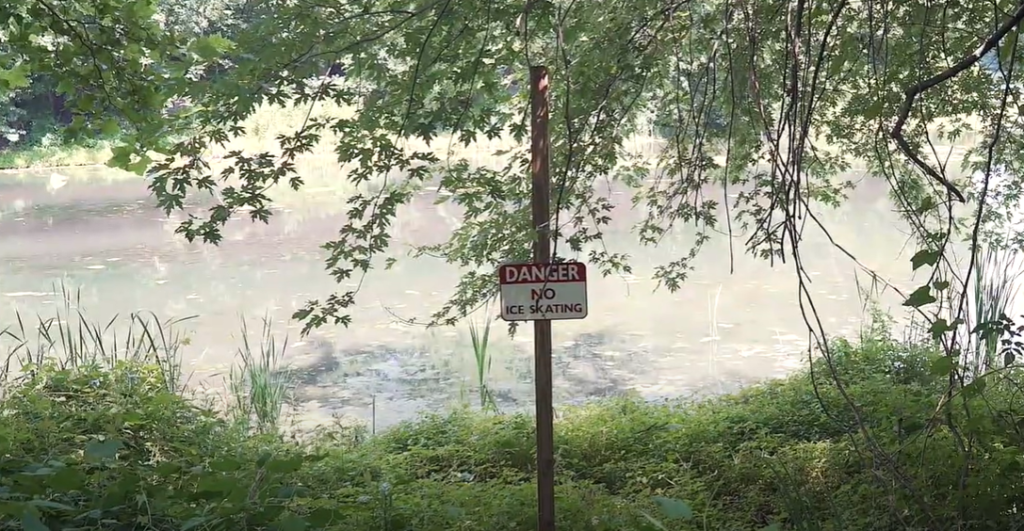
How long does it take an average person to hike 7 miles?
Hiking 7 miles can take anywhere from 2-4 hours depending on your fitness level, the difficulty of the terrain, and the pace at which you hike. It is important to properly prepare for a 7-mile hike by bringing enough water, snacks, appropriate clothing and gear.
Factors like elevation gain, steepness of the trail, and weather conditions can also impact the time it takes to hike 7 miles. For example, if the trail has a significant incline or is covered in snow, it may take longer to complete the hike.
It is important to pace yourself and listen to your body while hiking. Taking breaks when needed and staying hydrated can help you maintain a steady pace and prevent exhaustion or dehydration.
Furthermore, it is always a good idea to start with shorter hikes and gradually work your way up to longer distances. This will not only help build your endurance, but it will also allow you to become familiar with your own personal hiking pace.
Hiking 7 miles can be a challenging but rewarding experience. Just remember to plan accordingly and always prioritize safety on the trail. And of course, don’t forget to enjoy the beautiful views and nature around you while on your journey [3].
How Much Water Should You Bring For A 7-Mile Hike?
When going on a 7-mile hike, it is important to bring an adequate amount of water with you. The exact amount will depend on a few factors, such as the weather and your personal hydration needs. However, there are some general guidelines that can help you determine how much water to bring for your hike.
The first thing to consider is the weather. If you are hiking in hot or humid conditions, you will need to bring more water than if you were hiking in cooler temperatures. The American Hiking Society recommends bringing at least two liters of water for a 7-mile hike in hot weather, and at least one liter for a hike in milder weather.
Next, think about your personal hydration needs. How much water do you normally drink in a day? If you are someone who tends to get dehydrated easily, it is important to bring extra water with you on your hike. On the other hand, if you are someone who doesn’t require as much water, you may be able to get away with bringing less.
Another factor to consider is the terrain of your hike. If you will be hiking on steep or challenging trails, you will likely need more water than if you were hiking on flat terrain. When exerting yourself and sweating more, your body will require more water to stay hydrated.
It is also important to plan for emergencies. If you are going on a hike alone, it is recommended to bring extra water in case of unexpected events such as getting lost or injured. It is always better to have more water than you think you’ll need, rather than not enough.
In addition to bringing enough water, it is important to also bring a way to purify water in case you run out. This can include items like purification tablets or a portable filter. You may also want to consider bringing electrolyte packets or snacks with electrolytes to help replenish your body’s electrolyte balance.
In summary, when planning for a 7-mile hike, it is important to take into account the weather, your personal hydration needs, and the terrain of the hike. It is always better to bring more water than you think you’ll need and to be prepared for emergencies.
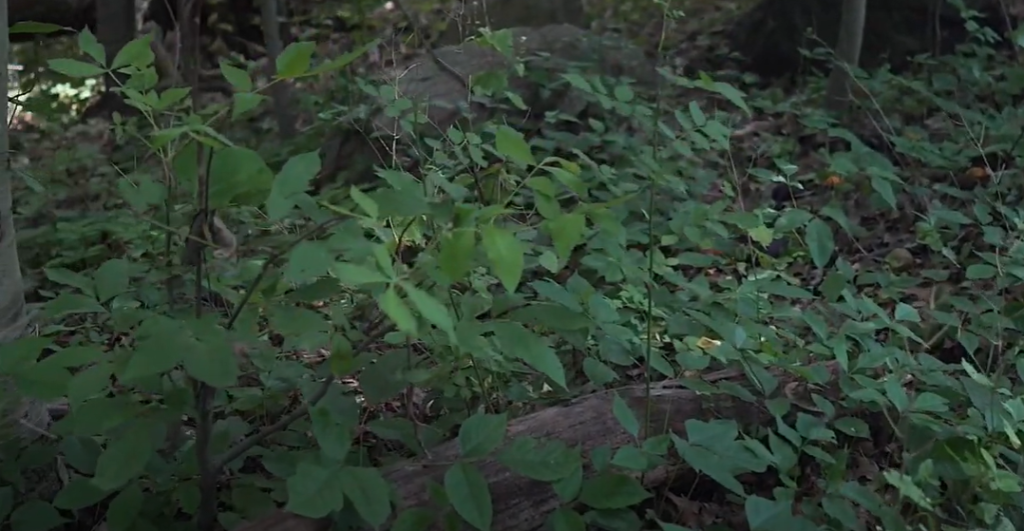
FAQ
Can a beginner do a 7-mile hike?
Yes, a beginner can definitely do a 7-mile hike! It may seem like a daunting distance at first, but with proper preparation and pacing yourself, anyone can complete a 7-mile hike. Here are some tips for beginners looking to tackle a 7-mile hike. First, make sure you have the right gear – a comfortable pair of hiking shoes, plenty of water, and snacks to keep your energy up. Additionally, start with shorter hikes and gradually build up your endurance before attempting a 7-mile hike. And lastly, listen to your body and take breaks as needed. Remember, it’s not a race – enjoy the journey and the beautiful scenery along the way. So don’t be discouraged, just lace up your hiking boots and hit the trails!
What should I pack for a day hike?
If you are planning a day hike, it’s important to make sure you have the necessary gear and supplies to keep you safe and comfortable during your journey. Some essential items include a map or GPS device, plenty of water, snacks and meals, first aid kit, sunscreen, bug spray, and appropriate clothing for the weather. It’s also important to consider packing extra layers in case the temperature drops unexpectedly or if there is a chance of rain. Additionally, make sure to bring a fully charged cell phone in case of emergencies. Remember, it’s always better to be over-prepared than under-prepared when embarking on a day hike.
What are some good hiking spots for beginners?
There are many great hiking spots for beginners all around the world! It really depends on your location and personal preference. Some popular beginner-friendly hiking spots include national parks such as Yellowstone, Yosemite, or Zion in the United States, Banff National Park in Canada, and the Lake District in England. These places offer well-maintained trails with varying difficulty levels to cater to hikers of all abilities. Another option is to join a local hiking group or organization that can recommend beginner-friendly trails in your area. This way, you can also meet new people who share the same interest in hiking as you do! With a little research and exploration, you will surely find the perfect hiking spot for beginners that suits your needs and interests.
How can I hike 7 miles easily?
Hiking 7 miles can be made easier by following these tips. First, make sure you have the right gear and supplies as mentioned before. It’s also important to stretch and warm up your muscles before starting the hike to prevent injuries. As you begin your hike, set a comfortable pace that allows you to maintain a steady rhythm. Remember to take breaks as needed and listen to your body. Don’t push yourself too hard, especially if you’re a beginner. It’s also helpful to break up the distance into smaller goals, such as reaching a certain point or landmark before taking a short break. Lastly, stay hydrated and fuel your body with snacks throughout the hike to maintain your energy levels.
How long does it take to hike 5 miles?
The time it takes to hike 5 miles can vary depending on factors such as terrain, elevation, and individual pace. Typically, a moderate hiker can complete a 5-mile hike in around 2-3 hours. However, this may take longer for beginners or those who prefer a slower pace. It’s important to factor in breaks and any stops for taking photos or enjoying the scenery along the way. Keep in mind that safety should always come first, so don’t rush and take breaks as needed to avoid exhaustion. Remember, hiking is not a race – it’s about enjoying the journey and appreciating nature at your own pace. So take your time and savor every moment on your 5-mile hike!
Useful Video: How Many MILES Should You HIKE A Day!
Conclusion Paragraph
So, hiking is a great way to spend your free time. However, you should prepare yourselves for this outdoor activity. If you want to hike 7 miles, start with 2 miles and gradually increase the distance. Take it slow and listen to your body. Make sure you have proper footwear, enough water, and snacks with you. Don’t forget to bring a map or download an offline map before going into nature. Always respect the environment and leave no trace behind. The 7-miles hiking can take from 3 to 5 hours, so make sure you have enough time and energy. Enjoy the beautiful views and take some photos, but also don’t forget to be present and enjoy the moment.
References:
- https://thetrek.co/12-time-saving-tips-so-you-can-hike-more-miles/
- https://www.explorationjunkie.com/average-hiking-speed/
- https://www.cravetheplanet.com/how-long-does-it-take-to-hike-7-miles/




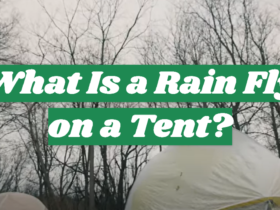
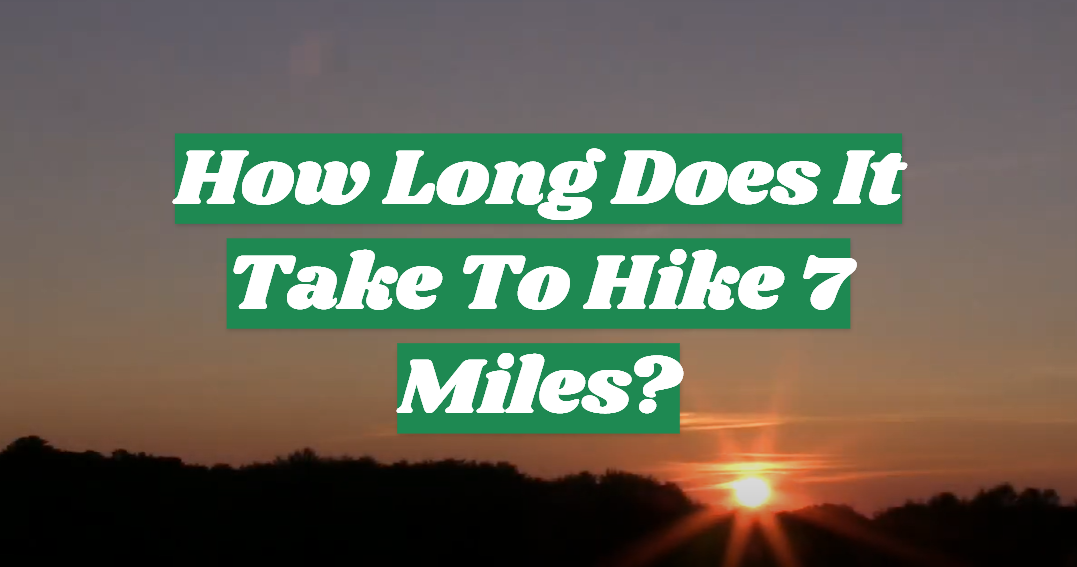

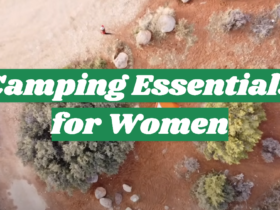


Leave a Review